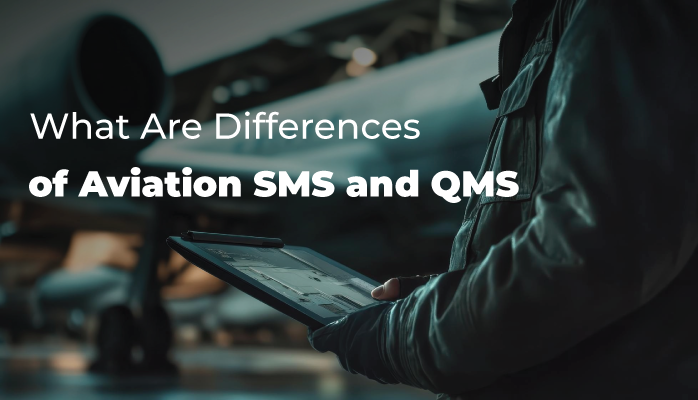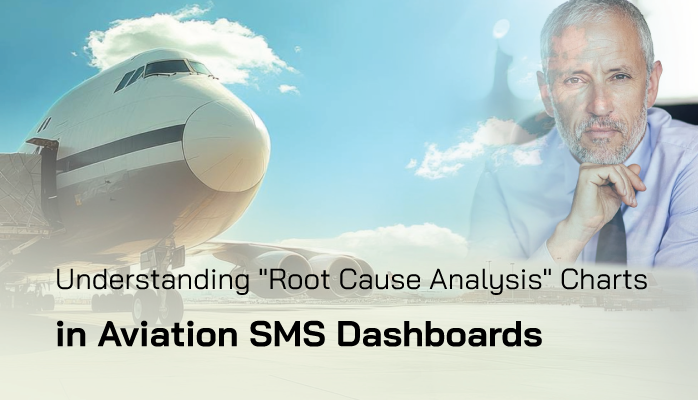Why Passing an Aviation SMS Audit Is Critical
Aviation Safety Management Systems (SMS) form the foundation of safe operations, and passing SMS audits is critical for demonstrating compliance with global safety standards while reinforcing an organization’s commitment to safety.
For aviation safety managers, audits are not merely regulatory requirements but opportunities to refine safety practices and build trust with regulators, staff, and passengers.














